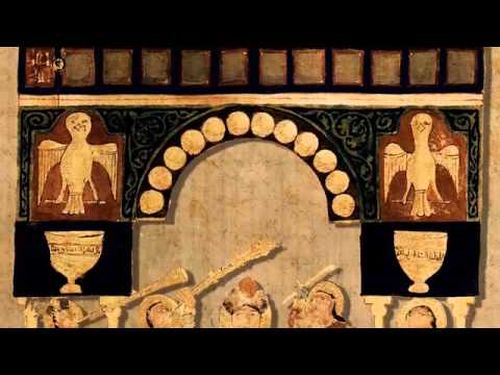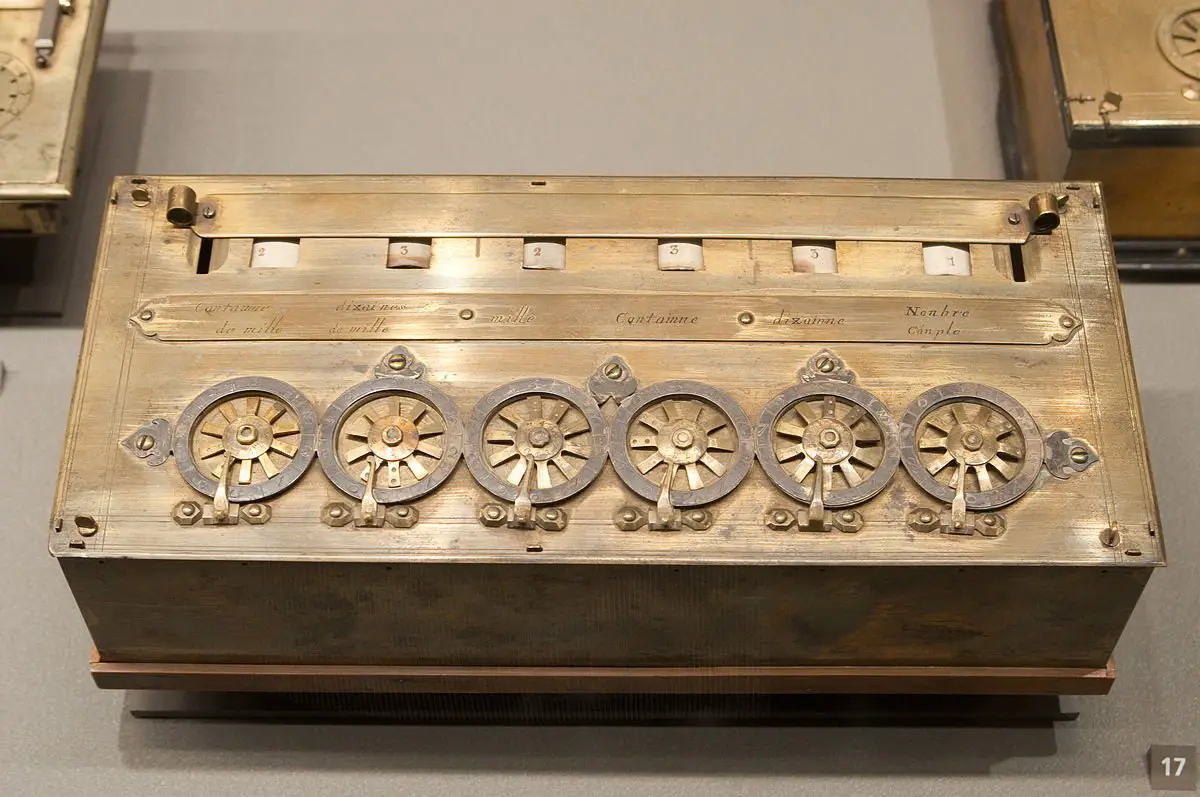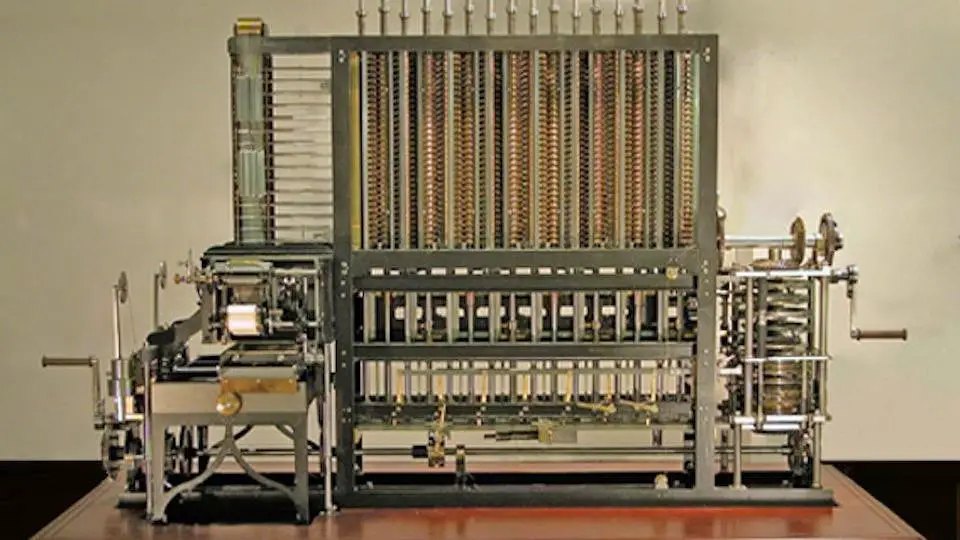Computers have not always had the same design that we have known for decades, their history dates back to centuries ago, first computers were based on mechanical principles. Surely the first thing we think of when we read the title is big screens, state-of-the-art software, and hardware elements with a futuristic design. However, the models you will see below go back a few centuries.
Antikythera Mechanism
Astrology brings mysteries that go back thousands of years. Thanks to the curiosity and perseverance of those passionate about the subject at the time, it was possible to research and develop equipment to further study the cosmos, including the Antikythera mechanism, the device cataloged as the oldest mechanical computer, at least according to the conclusion of scientists.

The Antikythera Mechanism was discovered in 1091, on the Greek island of Antikythera, during an excavation in an ancient shipwreck. According to researchers, the creation of this invention dates back to between 205 B.C. and 87 B.C. and it was already widely used at that time. The Antikythera Mechanism was a complex clockwork mechanism built in a wooden box with a matrix of 37 bronze gears, which represented the mechanical model of what was then known as the cosmos (the solar system together with Jupiter and Saturn).
With the use of a pair of dials on the front and turning the crank on the side of the mechanism, one could advance through the Egyptian calendar and the 12 zodiacal signs to predict what would be seen at night. According to scientists, models like these evolved from simpler mechanical computers.
Castle Clock: Ismail al-Jazari
The world’s first programmable analog computer was created by Ismail al-Jazari. Back in the 12th century, this inventor, mathematician, and mechanical engineer became known, among other things, for the Book of Knowledge of ingenious mechanical devices, a copy of which showed his projects for the time.

We can see Castle Water Clockamong those projects. In short, it was one of the most advanced water clocks of the time, as it had the correct timing and the ability to reprogram itself to adjust the water level of the driving mechanism at measured intervals. In this way, it was possible to adjust the length of the day throughout the year.
Through all the contributions he made at the time, he is now recognized as the father of robotics, thanks to the water clock devices with prescribed action capabilities.
Pascaline by Blaise Pascal
To this day, the Pascaline is considered the world’s first practical mechanical arithmetic calculator. Following work related to an accountant’s fiscal and tax functions (simply balance, account, and payment figures) in 1639, Pascal wanted to create a machine that would reinvent the typical process of addition, subtraction, multiplication, and division with reams of mathematical tables that had pre-calculated figures for various operations.

So, in the end, he ended up developing a machine that could add and subtract mechanically thanks to the use of wheels and switches. For multiplication and division, operations could also be performed using a series of additions and subtractions.
It’s also mentioned that through the creation of this gadget, which is intended to be a mechanical answer for automation in a machine that executes arithmetic operations, we may observe what we consider to be a CPU from today’s computers. The reason for this lies in the fact that the Pascaline is the analog equivalent of an arithmetic processing unit, one of the most important components of the modern computer processor. In other words, digital processing can be seen as the evolution of the mechanical automatic transport functions of Pascal, which makes it possible for a CPU to operate at high speed.





